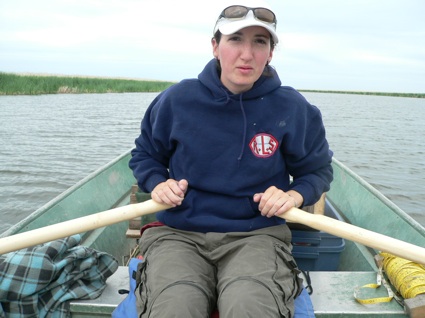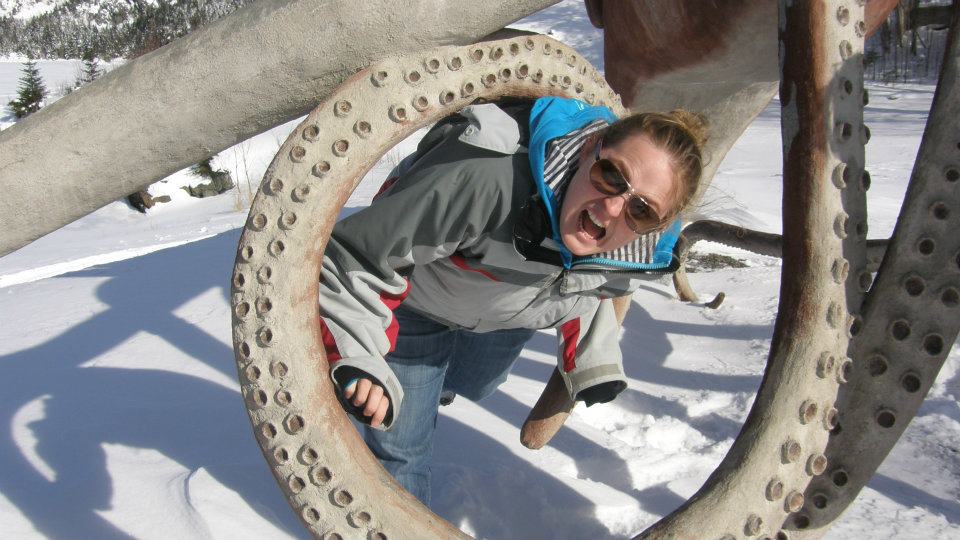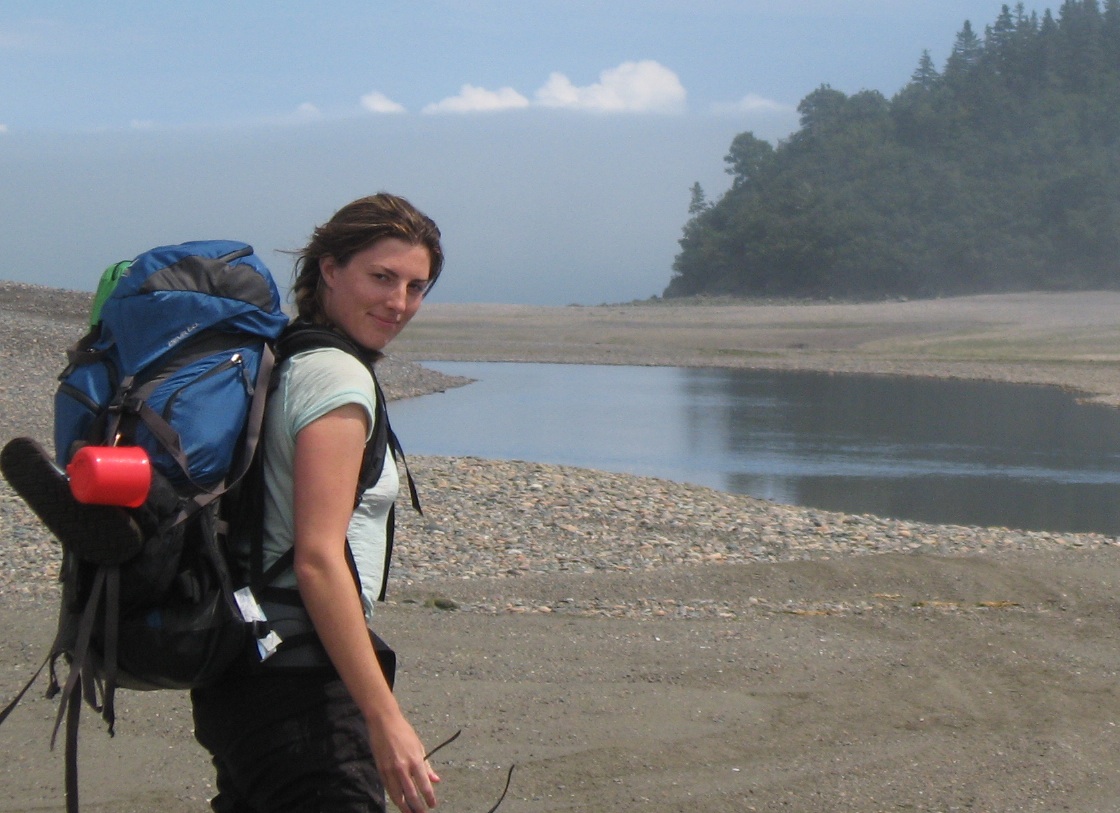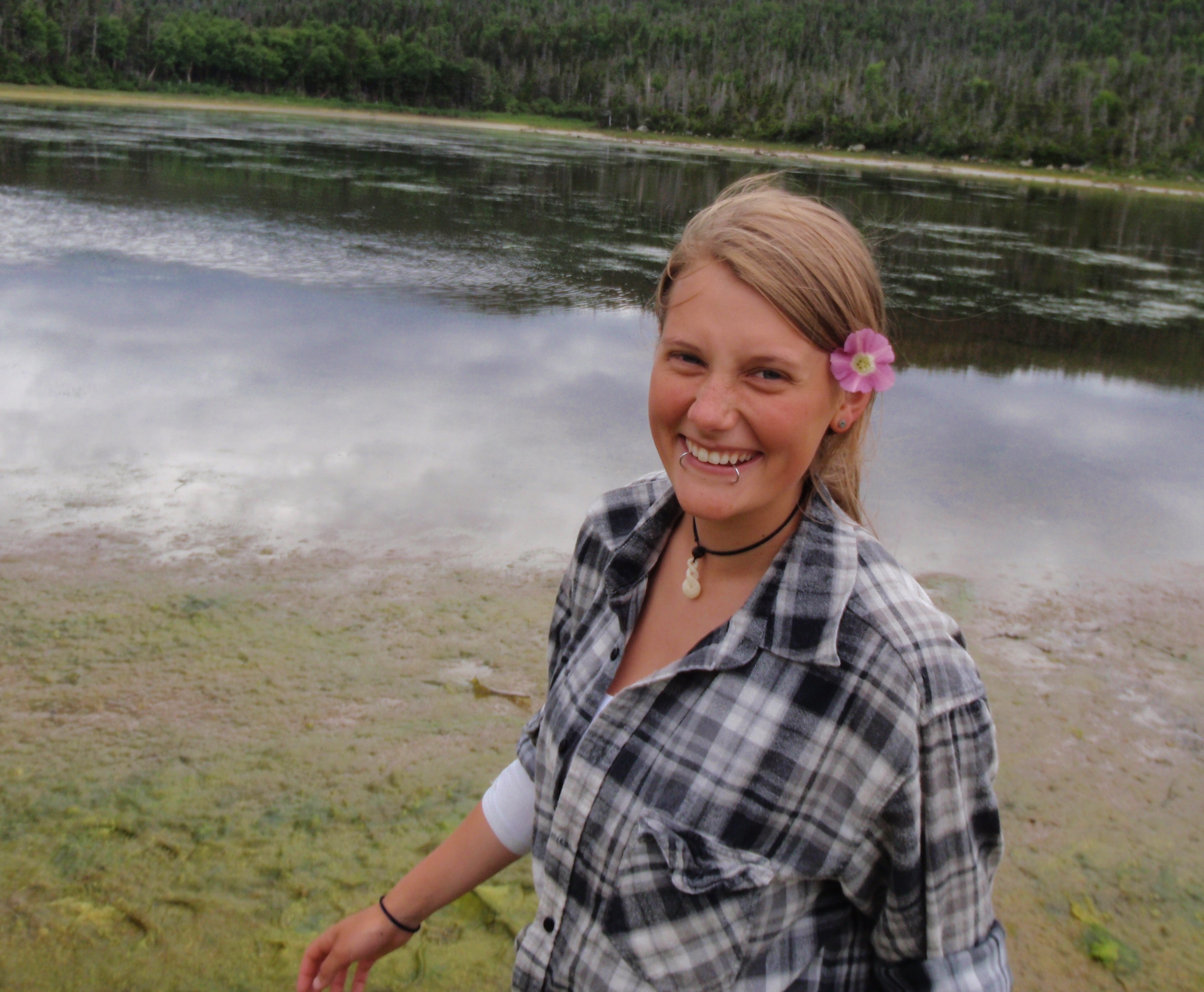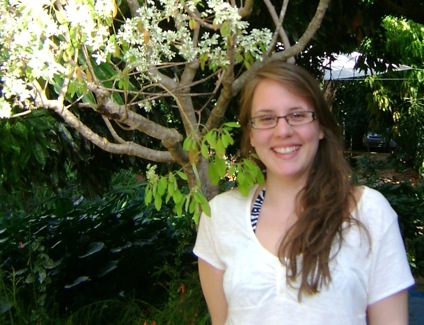 Cheryl Klassen (PhD Student –
UMan; co-supervised with Steve Peake, UNB)
Recent animal studies have revealed that individuals within some
species can differ consistently in their behavioural responses to
certain situations. For example, some individuals may
consistently exhibit bold behaviour by actively foraging in the
presence of a potential predator while other individuals in the same
situation reduce their foraging activity and remain hidden.
Fixed
behaviours can have fitness consequences if the individual reacts
ill-adaptively to a new situation; however, can be explained at a group
level if, under a variable environment (either in time or space), at
least some individuals are better adapted to a particular
surrounding. My research aims to (1) determine if long-lived,
highly fecund fish species (e.g., sturgeon, cod) are producing
offspring of variable, but consistent, behaviours as a type of
“bet-hedging” life-history strategy, (2) look at the potential
relationship between individual foraging behaviour and growth rate and
(3) put the above results into the context of conservation practices
for such species. Cheryl Klassen (PhD Student –
UMan; co-supervised with Steve Peake, UNB)
Recent animal studies have revealed that individuals within some
species can differ consistently in their behavioural responses to
certain situations. For example, some individuals may
consistently exhibit bold behaviour by actively foraging in the
presence of a potential predator while other individuals in the same
situation reduce their foraging activity and remain hidden.
Fixed
behaviours can have fitness consequences if the individual reacts
ill-adaptively to a new situation; however, can be explained at a group
level if, under a variable environment (either in time or space), at
least some individuals are better adapted to a particular
surrounding. My research aims to (1) determine if long-lived,
highly fecund fish species (e.g., sturgeon, cod) are producing
offspring of variable, but consistent, behaviours as a type of
“bet-hedging” life-history strategy, (2) look at the potential
relationship between individual foraging behaviour and growth rate and
(3) put the above results into the context of conservation practices
for such species. |
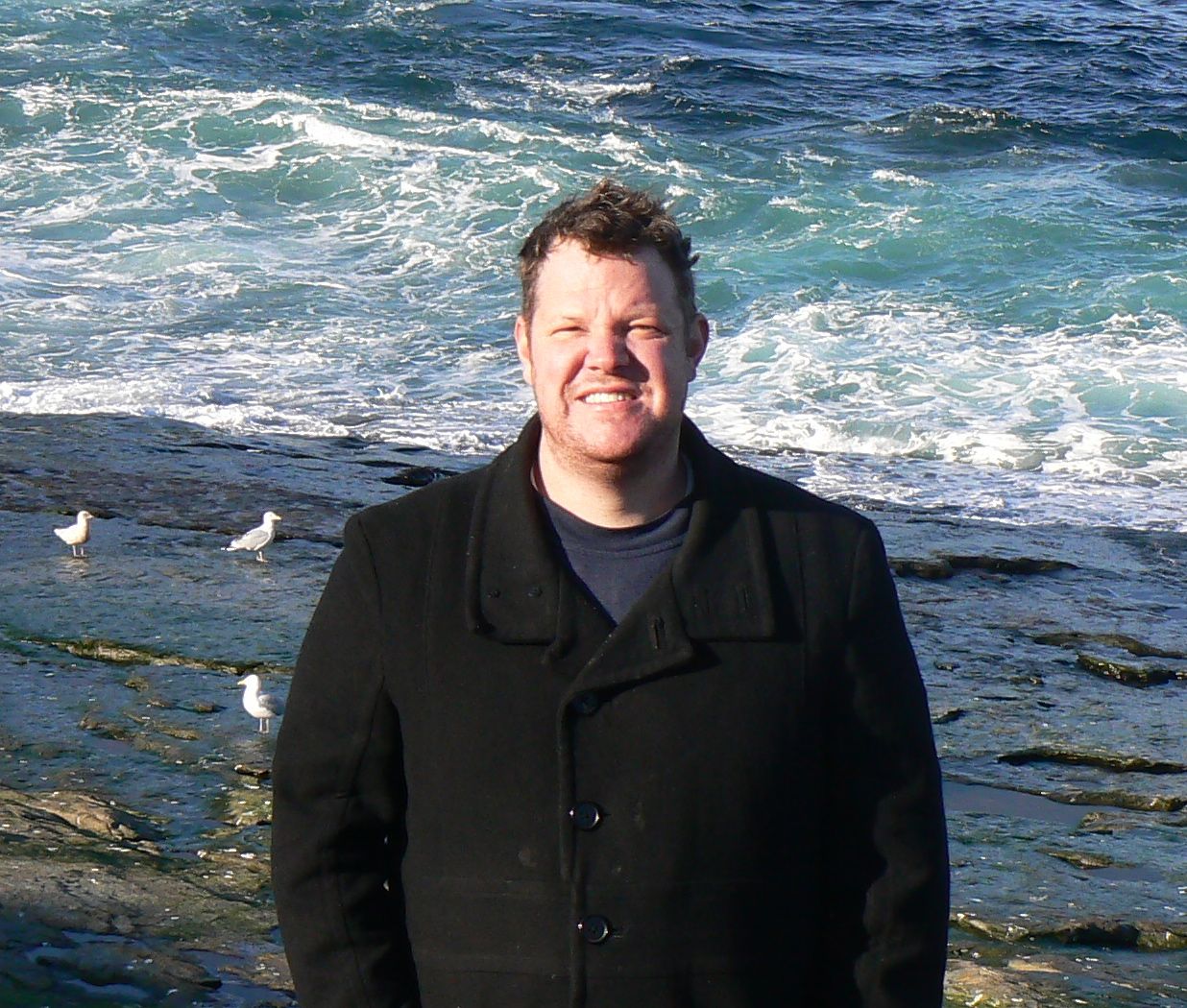 Daniel Bassett (Postdoc – MUN):
Worldwide, freshwater ecosystems are becoming increasingly turbid due
to human activities. It is within these ecosystems that the largest
number of exotic fish invasions, and native fish extinctions, occur. To
date, there is no universal mechanism to explain why this pattern
exists. Fishes are predominantly visual species and evidence shows that
visual feeding is severely compromised when high turbidity levels are
present. In contrast, my research will show that a high
proportion of fishes that invade turbid habitats possess non-visual
sensory specialisations, and thus have the capability to feed under
turbid conditions. The ultimate aim of this project is to show that the
sensory biology of fish can largely explain freshwater fish invasions
and native declines on a global scale.
Daniel Bassett (Postdoc – MUN):
Worldwide, freshwater ecosystems are becoming increasingly turbid due
to human activities. It is within these ecosystems that the largest
number of exotic fish invasions, and native fish extinctions, occur. To
date, there is no universal mechanism to explain why this pattern
exists. Fishes are predominantly visual species and evidence shows that
visual feeding is severely compromised when high turbidity levels are
present. In contrast, my research will show that a high
proportion of fishes that invade turbid habitats possess non-visual
sensory specialisations, and thus have the capability to feed under
turbid conditions. The ultimate aim of this project is to show that the
sensory biology of fish can largely explain freshwater fish invasions
and native declines on a global scale.

